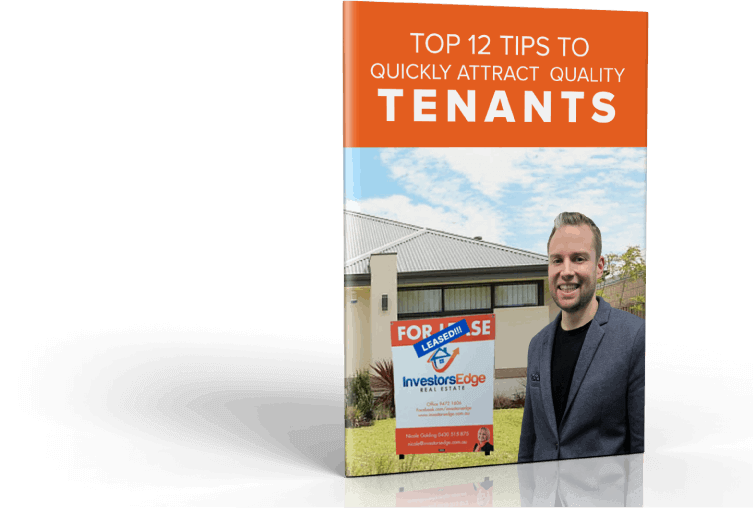Many people who buy investment properties in Perth blindly focus on returns without considering the time, money, and effort required to execute the strategy they’ve chosen. Every investment strategy has its tradeoffs; some take more time, some take more money, and some take more effort. It is essential that you know how much of each of these you have in your “budget,” and plan your investment strategy accordingly.

Buy and Hold
The traditional path for this investment strategy is to purchase an established property well, then wait for capital growth to occur and then reinvest the profits, along with other money that you budgeted for your investment portfolio into a second house, a third, and so forth.
This strategy is known as “Buy and Hold,” and you must follow two very strict rules that will keep you from losing money. You must buy property that is high quality, and located in a suburb with strong predicted growth. This will help you attract quality tenants, and allow you to sell the house for a tidy profit at the end of 20 to 30 years.
Nobody “breaks the bank” with this method, but it can be used to produce a sizable chunk of income for retirement. The three main negatives are that it is slow, non-liquid, and property management can take a lot of time and effort. If you decide to go this route, we recommend hiring a professional property management firm in Perth, or wherever you are in Australia. This will save you time, money, and headaches.
Building
For the beginning investor, or one who has not yet amassed the resources necessary for developing or subdividing, we really like building as a preferred investment strategy. The standard model is to build a house on a piece of land, and rent the property for more than it costs you to pay your mortgage, taxes, and insurance.
Other than buying an established property this is the easiest more active investment strategy for a beginner, because it merely requires a down payment to begin.
We also recommend that you leave as much work to the builder as possible, to save yourself time and effort. The easiest, most efficient way to execute any strategy that involves building is to negotiate a turnkey contract with the builder, and then simply let the builder do his job. This, of course, only works if you choose a very reputable and professional builder.
Once your home is complete you can have it revalued making use of your equity to reinvest and rent the property out as you would a “Buy and Hold”. Or you can decide to sell and realise any profit. Keep in mind you have factor in selling costs and any capital gains tax and GST payable.
Developing/Subdividing
Developing or subdividing a property is a lot more work, and requires a more sizable additional investment. It also takes a lot of time and energy to find the right property, see through the approval process, meet the conditions, and finance the subdivision. Obviously, it takes longer to build a subdivision, and more obstacles may present themselves along the way.
This investment strategy can garner huge profits, which can then be invested in more subdivisions, but it is on a larger scale. If you decide to develop subdivide properties, we recommend utilising the services of a surveyor, town planner, builder and a property management firm to keep the investment as passive as you possibly can. If you’re not careful, you’ll have merely purchased a second full time job to go with your first one. This can make a lot of money for you, but it’s also nice to have some energy left to enjoy your retirement years.
Renovations
The third strategy is renovations, where you buy a distressed, established home at a bargain price, renovate it, and sell it at the market price. Though some people do extremely well at renovations, they must either be very handy, or have very good family and friends in the trades.
Many handy investors find this technique so successful that they can quit their jobs and make a living renovating houses, while still putting away money for the future. For the highest margins, renovations work best in the hills and in higher-end lifestyle locations.
The main negative to this form of investment is that you are risking not being able to turn a large enough profit by renovating a home. You must do your research, and make sure that your renovated house will sell at a profit that makes it worthwhile to renovate.
Choose Wisely
Before choosing which investment vehicle to use, figure out how much time, money, and effort you have to invest.
For more information, call us at 1300 472 427.





